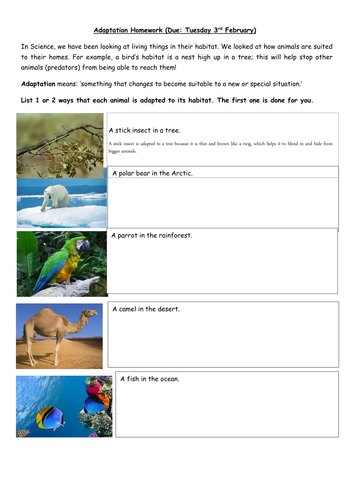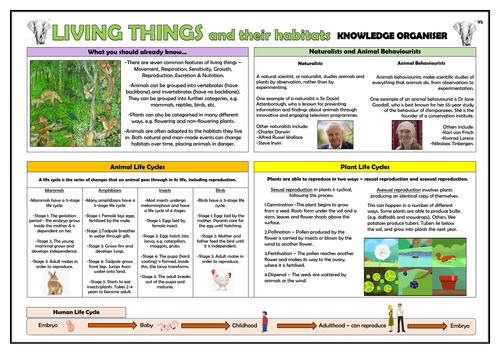Science resources for KS1 and KS2 to explore where animals live
Understanding what makes something alive and how living things have adapted to suit certain environments is a topic that is built upon year on year in the national curriculum for primary science. From classifying animals to identifying their natural habitats, we've highlighted a range of engaging resources below to help you teach living things across the key stages.












